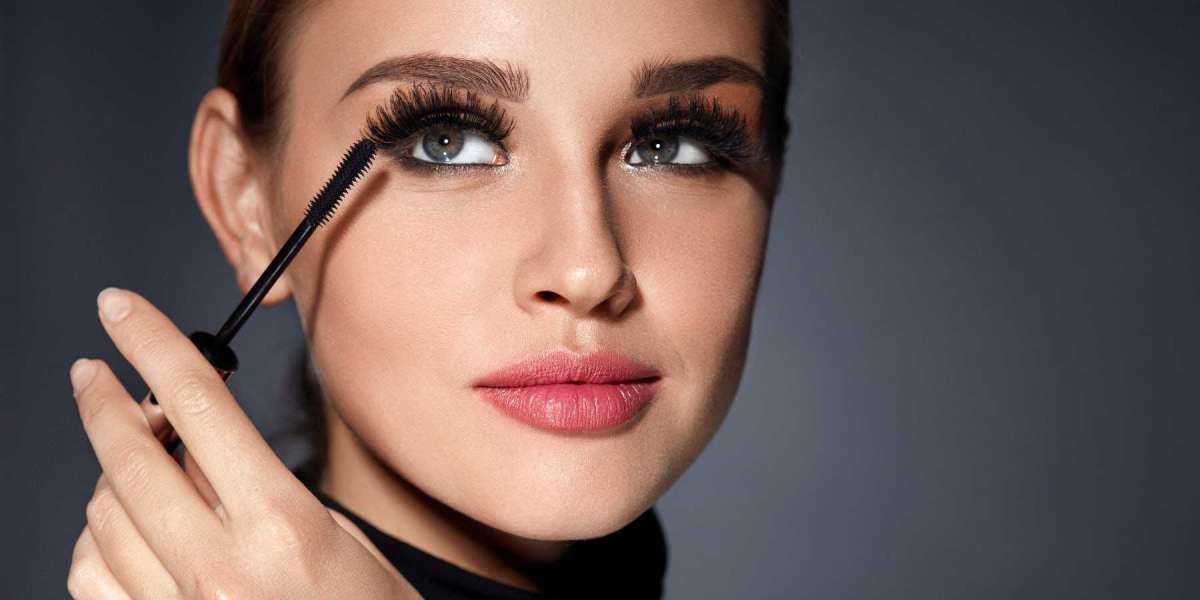Skipping skincare: Neglecting skincare before applying makeup can lead to a less-than-perfect finish. Always start with a clean, moisturized face to ensure your makeup goes on smoothly and evenly.
Using the wrong shade of foundation: Choosing the wrong shade of foundation is a common mistake. It's important to match the foundation to your skin tone, and it's often helpful to test it on your jawline to ensure a seamless blend.
Overdoing it: Less is often more when it comes to makeup. Applying too much product can result in a cakey or unnatural look. Start with a light hand and gradually build up coverage as needed.
Ignoring makeup brushes and tools: Using the right tools can make a big difference in the application process. Invest in a few quality makeup brushes and tools, and learn how to use them properly for best results.
Not blending properly: Blending is key to achieving a seamless makeup look. Make sure to blend foundation, concealer, eyeshadow, and blush evenly for a polished finish.
Neglecting to set makeup: Setting your makeup with powder can help it last longer and prevent it from creasing or fading throughout the day. Don't forget to set your foundation, concealer, and any cream products with a light dusting of translucent powder.
Not experimenting with different techniques: Makeup is all about experimentation and finding what works best for you. Don't be afraid to try out different techniques, products, and styles to discover what you like and what suits you best.
Ignoring your features: Pay attention to your unique facial features and tailor your makeup application accordingly. For example, if you have hooded eyes, you may need to adjust your eyeshadow placement to make your eyes appear more open and lifted.
Skipping primer: Primer can help smooth out your skin's texture, minimize the appearance of pores, and ensure your makeup lasts longer throughout the day. Don't skip this important step in your makeup routine.
Not removing makeup properly: Properly removing your makeup at the end of the day is essential for maintaining healthy skin. Use a gentle makeup remover or cleansing oil to thoroughly cleanse your skin and remove all traces of makeup before bed.
Remember, everyone makes mistakes when learning something new, and makeup application is no exception. The key is to practice, experiment, and have fun with it!
Inadequate Skincare Preparation: Failing to cleanse and moisturize the skin properly before makeup application can compromise the integrity of the makeup. Without a clean and hydrated canvas, makeup may not adhere well, leading to patchiness and uneven texture.
Incorrect Foundation Shade Selection: Misjudging the undertones and depth of one's skin can result in choosing a foundation shade that does not match the natural skin tone. This mistake can be exacerbated by improper lighting during shade selection, leading to a noticeable line of demarcation between the face and neck.
Heavy-Handed Application: Applying an excessive amount of product, whether it's foundation, concealer, or blush, can overwhelm the skin and create a heavy, unnatural appearance. This mistake often occurs due to a lack of understanding of product pigmentation and coverage levels.
Inadequate Use of Makeup Brushes and Tools: Using the wrong type or quality of brushes and tools can hinder the blending and precision of makeup application. Brushes with improper bristle density or shape may not distribute product evenly or achieve the desired effect.
Improper Blending Technique: Inadequate blending of makeup products, such as foundation, concealer, eyeshadow, and blush, can result in harsh lines and an unpolished finish. Proper blending techniques, including feathering, buffing, and diffusing, are essential for achieving seamless transitions between colors and textures.
Failure to Set Makeup: Neglecting to set makeup with a suitable setting powder or spray can compromise its longevity and wearability. Without setting, makeup may crease, smudge, or fade prematurely, especially in areas prone to oiliness or movement.
Lack of Experimentation with Techniques: Limiting oneself to a single makeup application technique or style can stifle creativity and hinder skill development. Experimenting with various techniques, such as cut creases, halo eyes, or contouring, allows for personalization and growth in makeup proficiency.
Disregarding Facial Features: Ignoring individual facial features, such as eye shape, brow structure, and lip fullness, can result in makeup looks that do not enhance or complement natural characteristics. Tailoring makeup application to accentuate and balance facial features is crucial for achieving harmonious and flattering results.
Omitting Primer: Skipping the use of primer can compromise makeup longevity and adherence by failing to create a smooth, grippable surface for product application. Primers tailored to specific skin concerns, such as pore minimization or oil control, are essential for optimizing makeup performance.
Inadequate Makeup Removal: Improperly removing makeup at the end of the day can lead to clogged pores, breakouts, and skin irritation. Thoroughly cleansing the skin with gentle makeup removers or cleansing oils ensures the removal of all traces of makeup, allowing the skin to breathe and regenerate overnight.
By understanding and addressing these technical mistakes, individuals can refine their makeup application skills and achieve professional-quality results.



